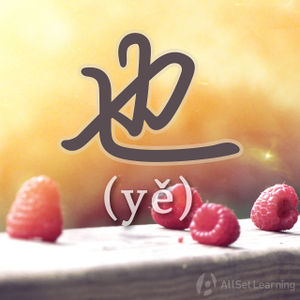Difference between revisions of "Expressing "even" with "lian" and "dou""
ViktorMugli (talk | contribs) |
|||
| Line 1: | Line 1: | ||
| + | {{Grammar Box}} | ||
| + | |||
== Structure == | == Structure == | ||
| Line 34: | Line 36: | ||
[[Category:B1 grammar points]] | [[Category:B1 grammar points]] | ||
| + | {{Similar|Expressing "Every" with "mei" and "dou"}} | ||
| + | {{Similar|"Even" as "shenzhi"}} | ||
| + | {{Basic Grammar|连|B1|连… 都/也…|你 <em>连</em> 小狗 <em>都</em> 怕?|grammar point|ASGNP0WV}} | ||
| + | {{Rel char|都}} | ||
| + | {{Rel char|也}} | ||
Revision as of 07:38, 13 June 2012
-
Level
-
Similar to
-
Used for
-
Keywords
Structure
"连... 都/也..." (lián... dōu/yě...) is a pattern that can be used to emphasize certain unexpected or surprising events or information. It is used the same way even is in English.
连 + Noun + 也/都 + Adjective/Verb
The important thing to remember is that the noun is being emphasized rather than the action.
Examples
- 我们 都 去 上海 ,连 奶奶 也 去。
- 她 每天 都 在 学习 数学,连 星期日 都 在 学习。
- 我 太 穷 了,连 吃饭 的 钱 都 没有。
- 谁 都 喜欢 听 那 首 歌曲,连 爸爸 也 喜欢。
See also
Sources and further reading
Books
- Common Chinese Patterns 330 (汉语常用格式330例) (pp. 152)→buy
- Modern Mandarin Chinese Grammar: A Practical Guide (pp. 356-7)→buy



